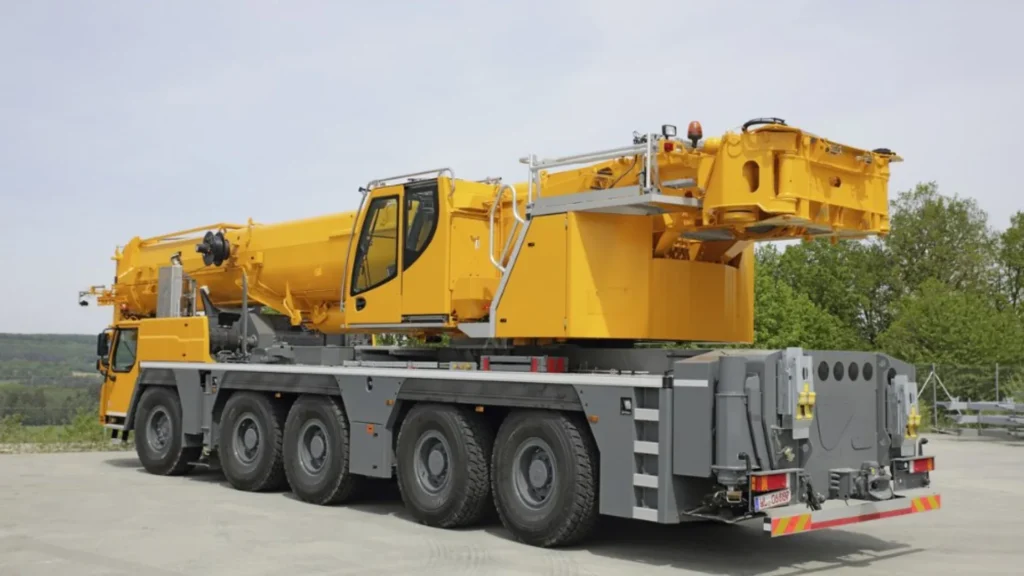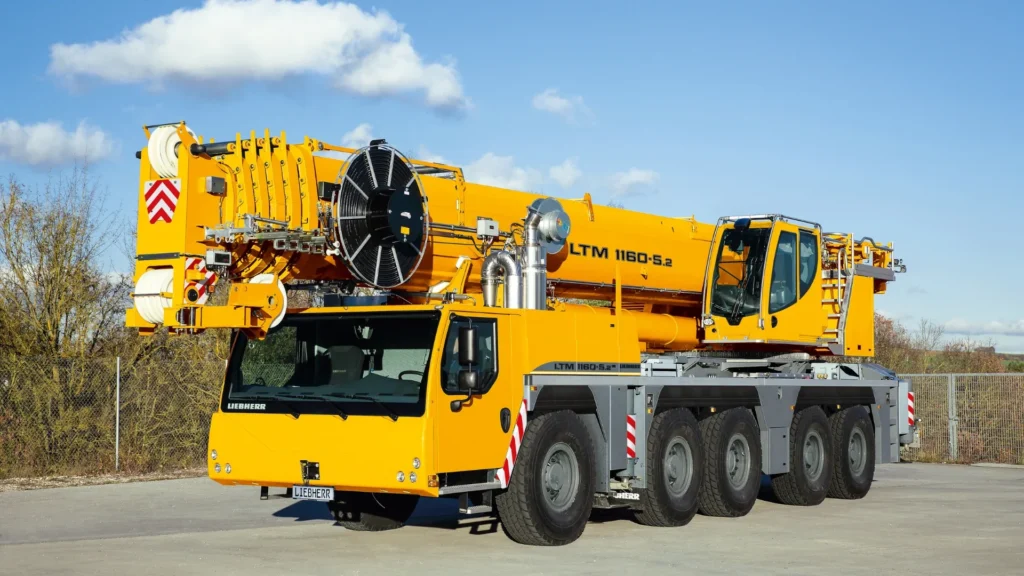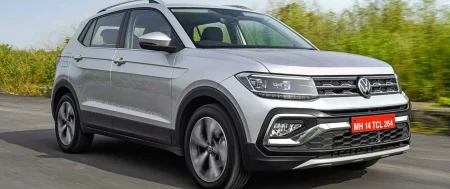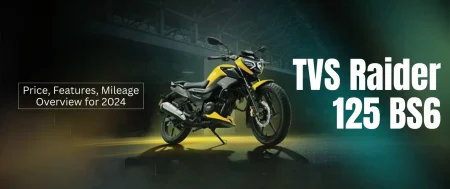Explore the versatility, features, and benefits of mobile cranes for efficient heavy lifting across industries.
Table of Contents
Introduction
When it comes to heavy lifting in construction and industrial settings, few pieces of equipment are as versatile as the mobile crane. These powerful machines bring flexibility and efficiency to worksites, easily maneuvering between locations to handle a wide range of lifting tasks. But what exactly makes mobile cranes so indispensable? In this article, we’ll explore the types, components, uses, and benefits of mobile cranes, along with tips for safe operation and maintenance.



What is a Mobile Crane?
At its core, a mobile crane is a crane mounted on a mobile platform, such as a truck, crawler tracks, or specialized chassis. Unlike stationary cranes, mobile cranes can easily move from one location to another, making them ideal for construction, industrial projects, and emergency operations. Their adaptability and strength allow them to lift, lower, and move heavy loads with precision.
Types of Mobile Cranes
Mobile cranes come in various types, each designed for specific environments and lifting needs. Let’s break down some popular varieties:
Truck-Mounted Cranes
Truck-mounted cranes are cranes installed on commercial trucks. They offer excellent road mobility, making them perfect for city construction projects. With a hydraulic boom and outriggers, they stabilize and operate efficiently.
Crawler Cranes
Mounted on heavy-duty tracks (or crawlers), crawler cranes are designed to tackle rough, uneven terrain. Their tracked base allows them to carry heavy loads and remain stable without outriggers, making them ideal for off-road sites.
Rough Terrain Cranes
These cranes are specifically designed for off-road and rugged terrains. With oversized wheels and four-wheel drive, they can navigate challenging surfaces. They also have outriggers for stability during lifts.
All-Terrain Cranes
All-terrain cranes offer the best of both worlds. They’re versatile enough to travel on highways and perform well on rough terrain, making them ideal for projects requiring both on-road travel and off-road lifting capabilities.
Carry Deck Cranes
Compact and agile, carry deck cranes can rotate 360 degrees, making them perfect for working in tight, confined spaces. These smaller cranes are often used in industrial and maintenance settings.
Key Components of a Mobile Crane
Mobile cranes consist of several essential parts that work together to lift and move heavy loads:
Boom
The boom is the primary lifting arm of the crane, responsible for raising and lowering loads. It can be telescopic (extending and retracting) or fixed.
Counterweights
To balance the crane during heavy lifts, counterweights are positioned at the back of the crane. This helps prevent tipping by counteracting the weight of the load.
Outriggers
Outriggers are extendable legs that stabilize the crane during lifting operations. They provide a larger base and prevent the crane from tipping over.
Operator Cabin
The operator cabin is where the crane operator controls the machine. Equipped with levers, controls, and safety features, it’s the command center of the crane.
How Does a Mobile Crane Work?
A mobile crane operates through hydraulic and mechanical systems. The hydraulic system, using pressurized oil, powers the crane’s movements, allowing the boom to lift, extend, or lower. An operator controls these movements, ensuring the crane functions smoothly and safely.
Uses of Mobile Cranes
Mobile cranes are used across numerous industries, including:
- Construction: For lifting materials like steel beams, concrete, and equipment.
- Shipping and Ports: Loading and unloading cargo from ships.
- Utilities: Assisting with power line installations and repairs.
- Emergency Rescue: Clearing debris and lifting heavy objects after disasters.
Advantages of Mobile Cranes
The popularity of mobile cranes stems from their numerous advantages:
- Flexibility: They can move to different locations without needing reassembly.
- Efficiency: Quick to set up, saving valuable time on the job.
- Versatility: Suitable for various environments, from urban to rugged terrains.
- Compact Design: Some mobile cranes are small enough to work in confined spaces.
Safety Considerations for Operating Mobile Cranes
Operating a mobile crane requires strict adherence to safety protocols:
- Inspect the Crane Regularly: Check for wear and tear on parts.
- Use Outriggers Properly: Always extend outriggers fully for stability.
- Follow Load Limits: Never exceed the crane’s specified lifting capacity.
- Ensure Proper Training: Only qualified operators should handle the crane.
Maintenance of Mobile Cranes
To keep mobile cranes in top shape, regular maintenance is essential:
- Lubricate Moving Parts: Regular lubrication reduces wear on parts.
- Check Hydraulic Fluid Levels: Ensure fluids are at optimal levels for smooth operation.
- Inspect the Boom and Cables: Look for cracks or fraying that could lead to failure.
- Battery Care: Keep batteries charged and clean for reliable starts.
Choosing the Right Mobile Crane
Selecting the right mobile crane depends on factors like:
- Load Weight: Consider the maximum weight the crane needs to lift.
- Terrain: Choose based on the environment (city streets, rugged terrain).
- Lift Height and Reach: Determine the crane’s reach and lifting height needs.
- Space Constraints: Pick a compact model if space is limited.
Environmental Impact of Mobile Cranes
Mobile cranes, especially diesel-powered ones, can have a significant environmental impact. Their emissions contribute to air pollution, and improper disposal of hydraulic fluids can contaminate soil and water. Some companies are exploring eco-friendly alternatives, such as electric cranes, to minimize this impact.
Conclusion
Mobile cranes are a cornerstone of modern construction and heavy lifting, providing versatility, efficiency, and adaptability across multiple industries. Whether you’re navigating rugged terrains or lifting materials in tight spaces, there’s a mobile crane designed to get the job done safely and effectively. With proper maintenance and safety practices, these powerful machines will continue to be a reliable asset in construction and beyond.
FAQs
What are the main types of mobile cranes?
There are several types, including truck-mounted, crawler, rough terrain, all-terrain, and carry deck cranes.
How do mobile cranes stabilize during lifts?
Mobile cranes use outriggers—extendable legs that help stabilize and balance the crane during operations.
Can mobile cranes operate in confined spaces?
Yes, smaller models like carry deck cranes are designed to operate in tight spaces.
How much weight can a mobile crane lift?
It varies by model, but mobile cranes can lift anywhere from a few tons to several hundred tons.
Are there eco-friendly mobile cranes?
Yes, some companies are developing electric mobile cranes to reduce emissions and environmental impact.
What is a mobile crane used for?
Mobile cranes are used for lifting, moving, and placing heavy materials at construction sites, industrial facilities, and other work environments.
What types of mobile cranes are available?
Common types include truck-mounted cranes, all-terrain cranes, rough-terrain cranes, crawler cranes, and telescopic cranes, each suited for different terrains and lifting needs.
What is the maximum lifting capacity of a mobile crane?
Lifting capacity varies by model, ranging from a few tons to over 1,000 tons for specialized cranes.
How is a mobile crane different from a tower crane?
Mobile cranes are versatile, movable units that can be driven to various sites, while tower cranes are fixed and typically used for high-rise construction.
What safety features do mobile cranes have?
Mobile cranes come with features like load moment indicators, stabilizers, anti-two block systems, and emergency stop functions for safe operation.
How are mobile cranes powered?
Mobile cranes are commonly powered by diesel engines, but some models also offer electric or hybrid options.
Do mobile cranes require special permits to operate?
Yes, operators usually need specific certifications and permits, and permits are often required for transporting large cranes on public roads.
Can a mobile crane operate in bad weather?
Mobile cranes can operate in light weather conditions, but high winds, rain, and snow can impact safety, so operations may pause during severe weather.
How long does it take to set up a mobile crane?
Setup time varies by crane type and project requirements but generally takes anywhere from 30 minutes to a few hours.
What maintenance is required for a mobile crane?
Regular maintenance includes checking hydraulic systems, engine health, cables, tires, and safety equipment to ensure optimal performance and safety.





